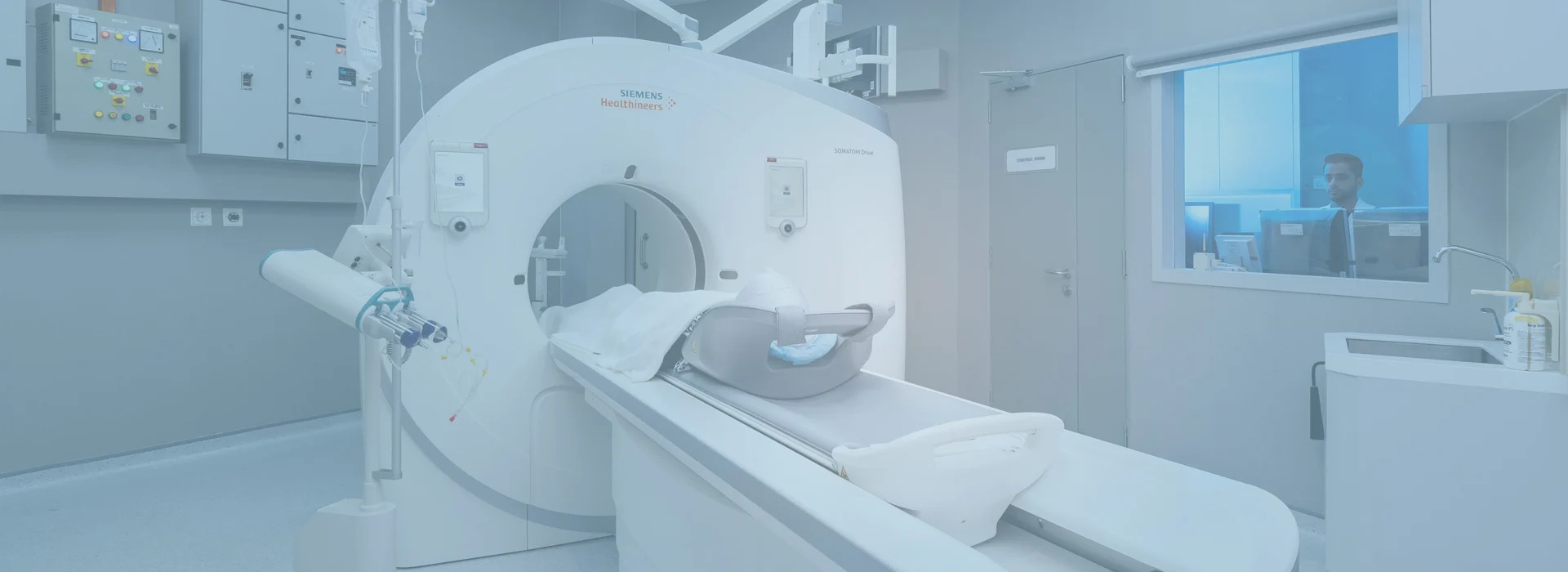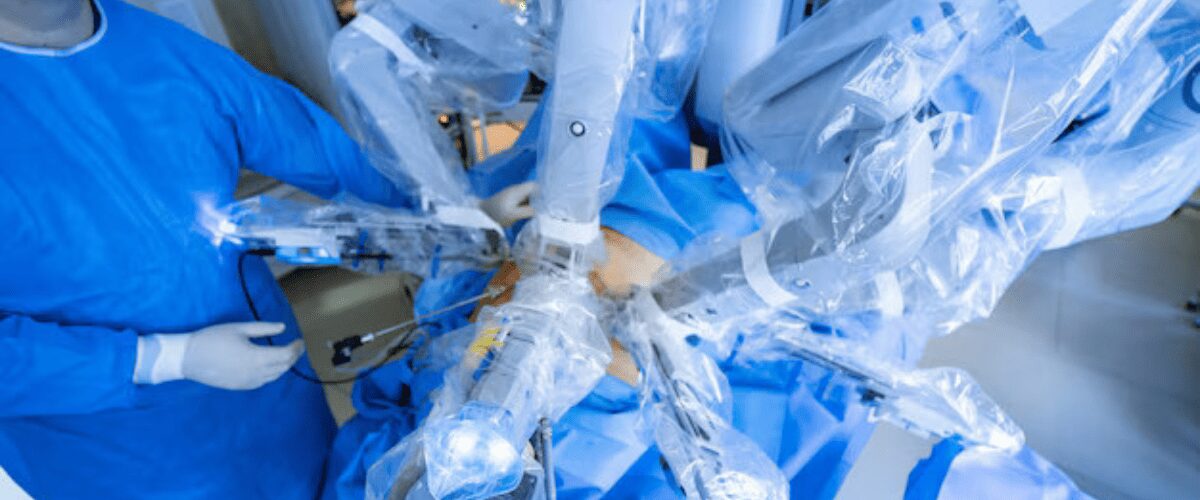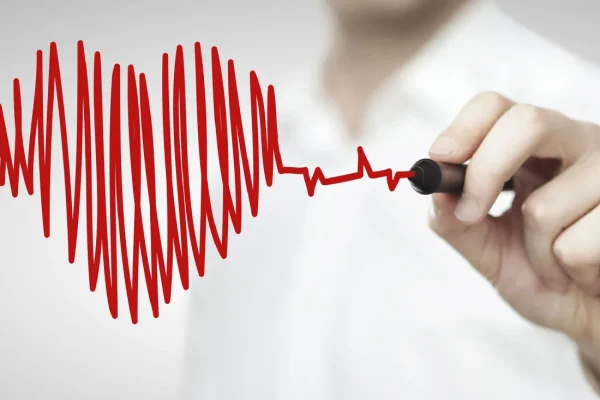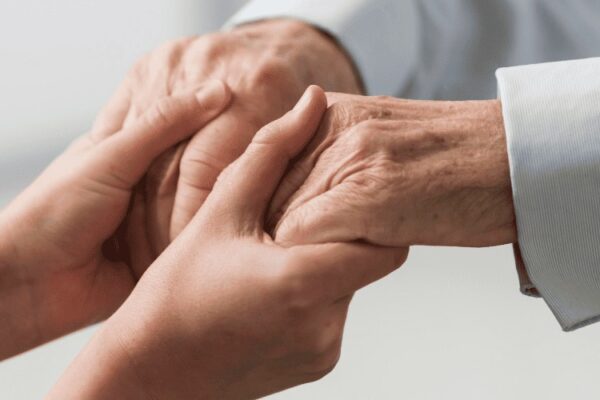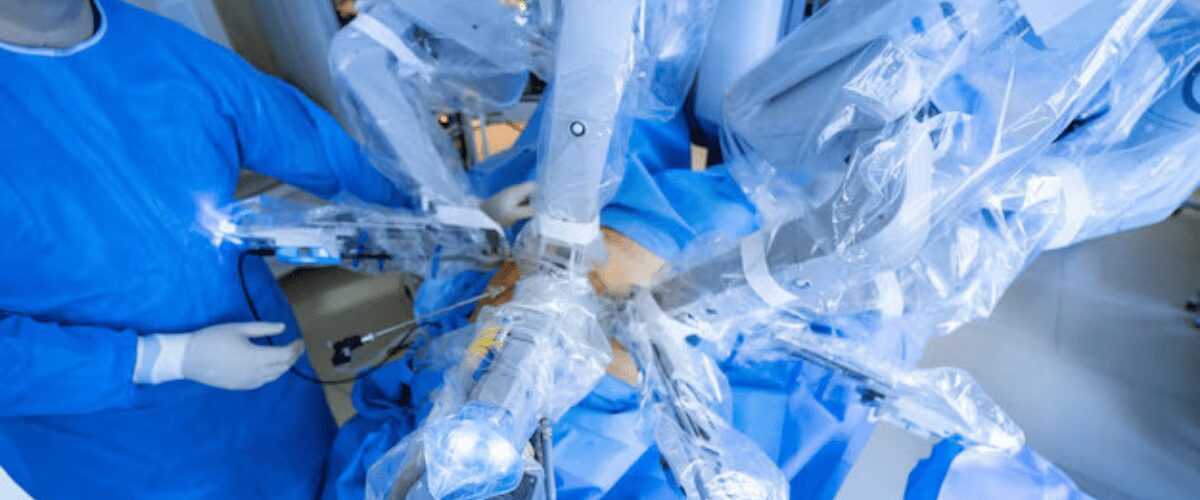
18 Jul Robotic Surgery for GERD: Why It’s a Game-Changer for Acid Reflux Relief
Robotic Surgery for GERD: Why It’s a Game-Changer for Acid Reflux Relief
By Island Hospital | July 18, 2025 10:30:00 AM
Gastroesophageal reflux disease (GERD) affects millions worldwide, interfering with sleep, disrupting meals, and decreasing quality of life.
For many, lifestyle changes and medication can manage the condition. But for others, especially those with severe or persistent symptoms, surgery becomes the next step.
In recent years, robotic GERD surgery has emerged as a highly effective and less invasive option for long-term relief.
With the precision of robotic technology and the expertise of trained surgeons, this procedure offers renewed hope to patients who have long suffered from chronic acid reflux.
In this article, we explore what GERD is, how robotic surgery works, and whether it might be the right choice for you.
What is GERD?
Gastroesophageal reflux disease (GERD) is a chronic digestive disorder where stomach acid flows back into the esophagus, the tube that connects your mouth to your stomach. This backward flow, known as acid reflux, irritates the esophageal lining and causes symptoms such as:
- Heartburn (a burning sensation in the chest)
- Regurgitation of food or sour liquid
- Difficulty swallowing
- Chronic cough or sore throat
- Sensation of a lump in the throat
While occasional reflux is common, GERD is diagnosed when symptoms occur more than twice a week or interfere with daily life.
Hidden Risks of Untreated GERD
Ignoring GERD symptoms or relying solely on antacids can be risky. Long-term acid exposure can lead to:
- Esophagitis (inflammation that can cause ulcers and bleeding)
- Strictures (narrowing of the esophagus)
- Barrett’s Esophagus, a precancerous condition
- Esophageal cancer in severe cases
Therefore, timely diagnosis and management are crucial — not just for comfort but for your long-term health.
Struggling with frequent acid reflux? Discover the possible cause and your next step in our article on 8 common digestive conditions.
What is Robotic GERD Surgery (Fundoplication)?
Robotic GERD surgery, most commonly a Nissen fundoplication, is a procedure where the upper part of the stomach is wrapped around the lower esophagus to reinforce the lower esophageal sphincter. This prevents acid from flowing back into the esophagus.
In a robotic-assisted version of this surgery, the surgeon uses a robotic system to control miniature instruments with high precision through small incisions in the abdomen. The robotic arms filter out hand tremors and provide 3D magnified views, enhancing accuracy during complex movements.
Robotic surgery doesn’t mean a robot is performing the surgery autonomously — rather, it’s an advanced tool that enhances the surgeon’s capabilities.
Why Robotic Surgery is a Game-Changer for GERD
Robotic-assisted surgery has significantly improved surgical outcomes for GERD patients. Here’s how:
- Enhanced Precision: The robotic system offers a greater range of motion than the human hand, allowing for delicate and complex maneuvers.
- Minimal Invasiveness: Small incisions mean less trauma to the body, which often translates to less pain and faster recovery.
- Reduced Complications: The high-definition, 3D view helps surgeons avoid nearby nerves and structures.
- Shorter Hospital Stay: Many patients can go home within a day or two.
- Improved Symptom Relief: Studies have shown comparable or even better long-term symptom control compared to traditional methods.
For GERD sufferers who have not responded to medication, robotic surgery provides a modern, highly effective alternative.
Robotic Surgery Vs. Traditional Laparoscopy Vs. Open Surgery
| Feature | Robotic Surgery | Laparoscopic Surgery | Open Surgery |
|---|---|---|---|
| Incision Size | Small (5-10mm) | Small (5-10mm) | Large (6-10 inches) |
| Precision & Dexterity | Superior (wristed instruments) | Good, limited to straight tools | Manual precision |
| 3D Visualisation | Yes (high-definition, magnified view) | Usually 2D | Direct vision |
| Recovery Time | 1-2 weeks | 2-3 weeks | 4-6 weeks |
| Hospital Stay | 1-2 days | 2-3 days | 5-7 days |
| Risk of Complications | Lower due to precision | Low to moderate | Higher due to invasiveness |
| Postoperative Pain | Minimal | Mild to moderate | Significant |
| Cosmetic Results | Excellent (minimal scarring) | Good | Poor (larger visible scar) |
Are You a Candidate for Robotic GERD Surgery?
Who Qualifies?
You may be a candidate for robotic GERD surgery if:
- You have chronic GERD symptoms that persist despite medication.
- You’re dependent on acid-suppressing drugs like PPIs for daily function.
- You experience complications like esophagitis, Barrett’s esophagus, or strictures.
- Diagnostic tests confirm abnormal acid reflux or a weak lower esophageal sphincter.
Even if you’ve had previous abdominal surgeries, you may still be eligible—your surgeon will evaluate your case based on your overall health and surgical history.
Diagnostic Pathway
Before recommending surgery, your gastroenterologist may suggest the following tests:
- Upper endoscopy to assess esophageal damage
- 24-hour pH monitoring to track acid levels
- Manometry to measure esophageal muscle strength
- Barium swallow X-ray to check for structural issues
These tests help confirm the severity of your reflux and determine if surgery is the most suitable treatment.
What to Expect Before, During and After Surgery
Before Surgery
- You’ll undergo a thorough evaluation including imaging and diagnostic testing.
- Your surgeon will advise you to stop certain medications (like blood thinners) and fast before the procedure.
During Surgery
- The procedure is performed under general anesthesia and usually takes 1–2 hours.
- The surgeon will use robotic instruments to perform a fundoplication through 4–5 small incisions.
After Surgery
- You’ll typically stay in the hospital for 24–48 hours.
- A soft or liquid diet is recommended for the first few days, gradually progressing to solid food.
- Most patients return to normal activities within 1–2 weeks, with full recovery in about 4–6 weeks.
- Mild bloating or difficulty belching may occur temporarily, but these usually resolve on their own.
Interested to know more? Find the answers to common questions about the specialists-in-charge, digestive health, and appointments in our Gastroenterology FAQ.
Life After Robotic GERD Surgery
Many patients experience significant improvement—or even complete resolution—of GERD symptoms after robotic surgery. Here’s what life might look like post-op:
- No More Daily Meds: Most patients can stop taking acid-suppressing medications.
- Better Sleep & Energy: Without nighttime reflux, sleep quality improves.
- Fewer Dietary Restrictions: You’ll likely be able to enjoy more foods without fear of triggering symptoms.
- Long-Term Success: Studies show that over 85% of patients remain symptom-free years after surgery.
- Monitoring Still Matters: Routine follow-ups help ensure everything is healing as expected and that symptoms don’t return.
That said, it’s essential to maintain a healthy weight and eat smaller, more frequent meals to support your results long term.
Why Choose IH For Your Robotic Surgery
At Island Hospital, we lead the way in advanced medical technology and comprehensive care for gastrointestinal conditions. We have integrated cutting-edge robotic surgery systems into our services, featuring a comprehensive suite of the latest robotic technology including:
- ROSA for knee replacements
- Excelsus GPS Spine Robot
- BioBot MonaLisa Robotic Prostate Biopsy System
- da Vinci Xi
Highlight: Robotic da Vinci System
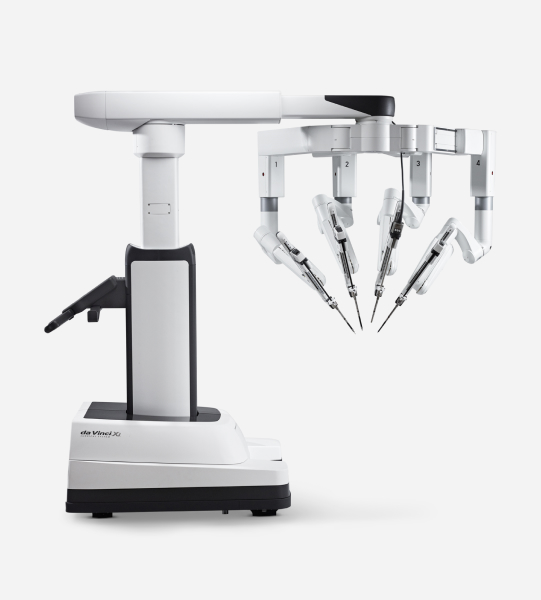
Source: Intuitive Surgical
The Robotic da Vinci System features boom-mounted arms equipped with multi-position setup joints, strategically designed to optimise both external and internal surgical workspace.
Operating from a single cart location, the surgical team gains enhanced arm positioning capabilities, facilitating smoother navigation across multiple quadrants for a wide array of minimally invasive procedures.
Thanks to its slender robotic arms and extended instruments, port placement becomes simpler and more adaptable from case to case.
Highlight: ROSA Robotic System
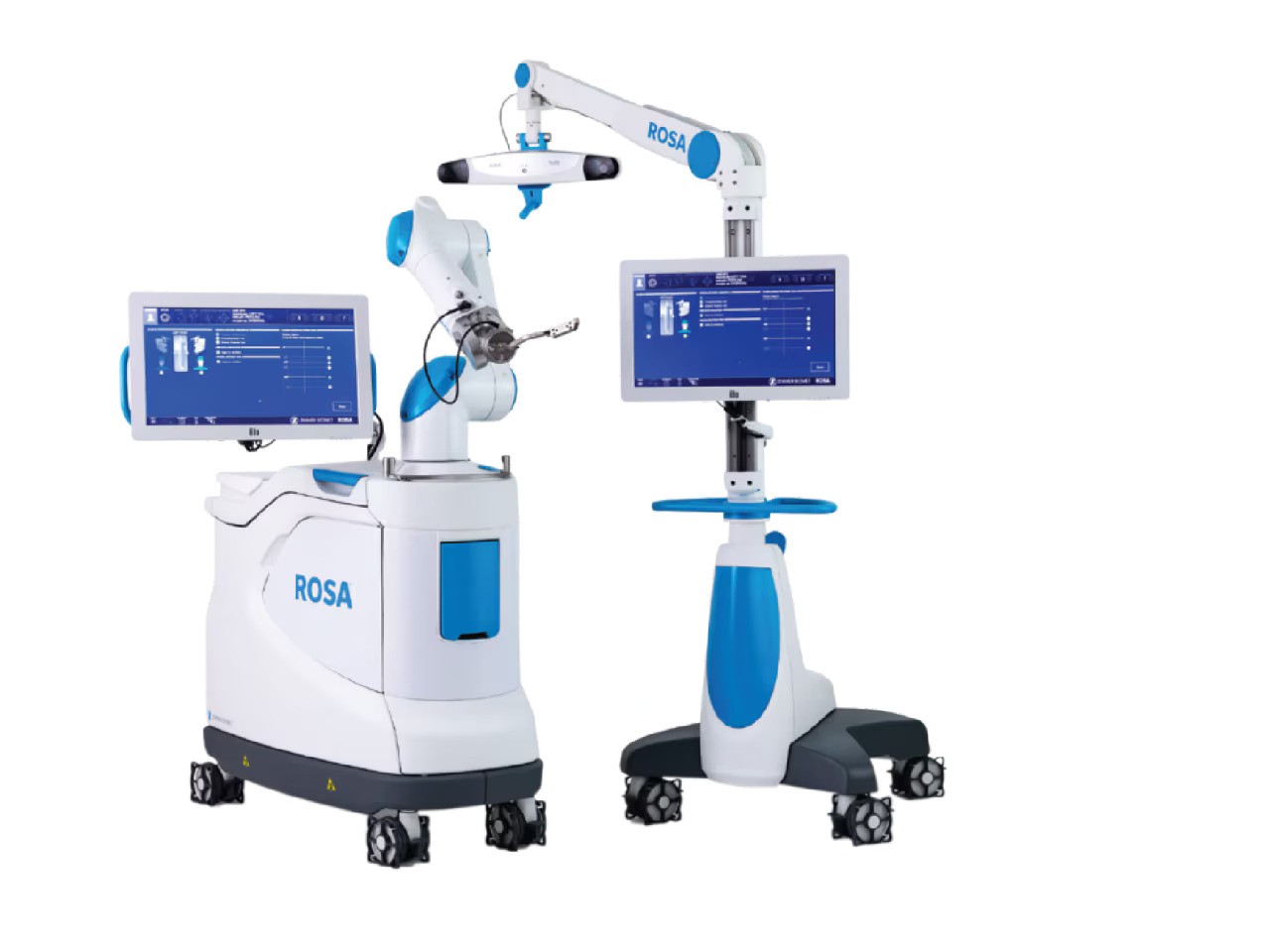
Source: Zimmer Biomet
The ROSA system delivers exceptional surgical precision through advanced AI technology. This innovative robotic platform offers better visualisation and precision, minimal invasiveness, reduced blood loss, and faster patient recovery.
Dato’ Dr Lee Keat Hwa, an orthopaedic surgeon at Island Hospital, has extensive experience with the ROSA system, having conducted numerous total knee replacement surgeries using this technology.
“With its AI capabilities, it allows surgeons to operate with remarkable precision within 3 degrees,” explains Dr. Lee. “It provides objective soft tissue feedback and accurate bone resections, facilitating the restoration of the patient’s natural knee function.”
Book an Appointment With Island Hospital Today
GERD is more than just heartburn — it’s a chronic condition that can lead to serious health risks if left untreated. For patients who don’t respond to medication, robotic GERD surgery offers a safe, precise, and effective way to restore comfort and quality of life.
With faster recovery, smaller scars, and fewer complications, robotic-assisted fundoplication represents a major leap forward in reflux treatment
At Island Hospital, our team of experienced gastroenterologists specialises in diagnosing and treating a wide range of digestive disorders, including GERD.
With access to advanced diagnostic technology and robotic surgery systems, we’re committed to helping you feel your best again.
Let us guide you through your journey to recovery — Schedule an appointment today!
FAQ
Is robotic GERD surgery safe?
Yes, robotic GERD surgery is considered safe and is performed using advanced technology for greater precision and control. As with any surgery, there are risks, but complication rates are generally low when done by an experienced surgeon.
How much does it cost?
The cost of robotic GERD surgery in Malaysia typically ranges from RM30 000 to RM60 000 depending on the hospital, surgeon’s fees, and individual medical needs. It’s best to consult your chosen medical centre for a detailed quotation and insurance coverage information.
What happens if robotic surgery doesn’t work for me?
If robotic surgery doesn’t relieve your GERD symptoms, your doctor may recommend additional treatments such as medication, endoscopic procedures, or traditional surgery. A thorough follow-up assessment will help determine the best next steps for your condition.
I’ve had previous abdominal surgery. Am I still eligible for robotic GERD surgery?
Yes, many patients with prior abdominal surgeries can still undergo robotic GERD surgery, though your surgeon will assess your individual case. Scar tissue or anatomical changes may influence the approach but do not automatically disqualify you.
Will there be visible scars after robotic surgery?
Robotic GERD surgery uses small incisions, which usually result in minimal and less noticeable scarring. Over time, these scars often fade significantly, especially with proper wound care.
Don’t Ignore the Signs – Take Control of Your Digestive Wellness Today
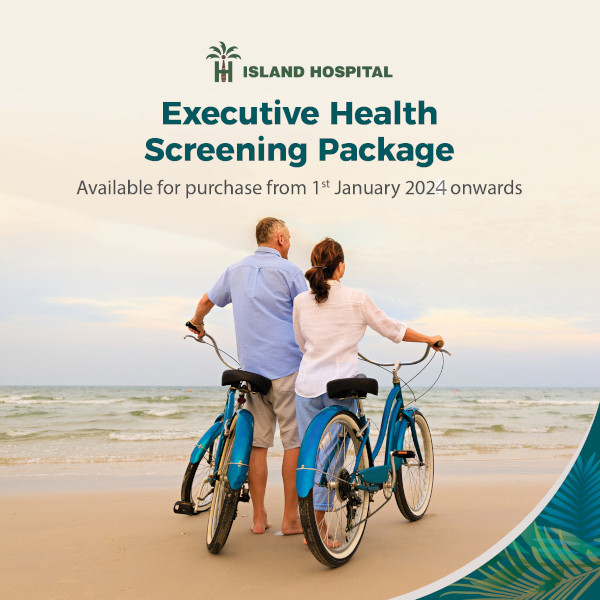
Your digestive health plays a vital role in your overall well-being, and early detection of gastrointestinal issues is key to preventing serious complications like GERD and beyond.
At Island Hospital, our Executive Health Screening Package offers a comprehensive check-up designed to catch potential problems early — even before symptoms arise.
For RM760, you’ll receive expert care, advanced diagnostic tests, and a personalised consultation to help you stay ahead of your health.
What’s Included in Your Screening Experience:
- Comprehensive blood tests
- Chest X-ray
- Electrocardiogram (ECG)
- Ultrasound abdomen & pelvis
- Urine analysis
- Physical examination and detailed consultation
Take a proactive approach to your health — this screening package helps detect potential issues early, so you can manage conditions like GERD before they become serious.



